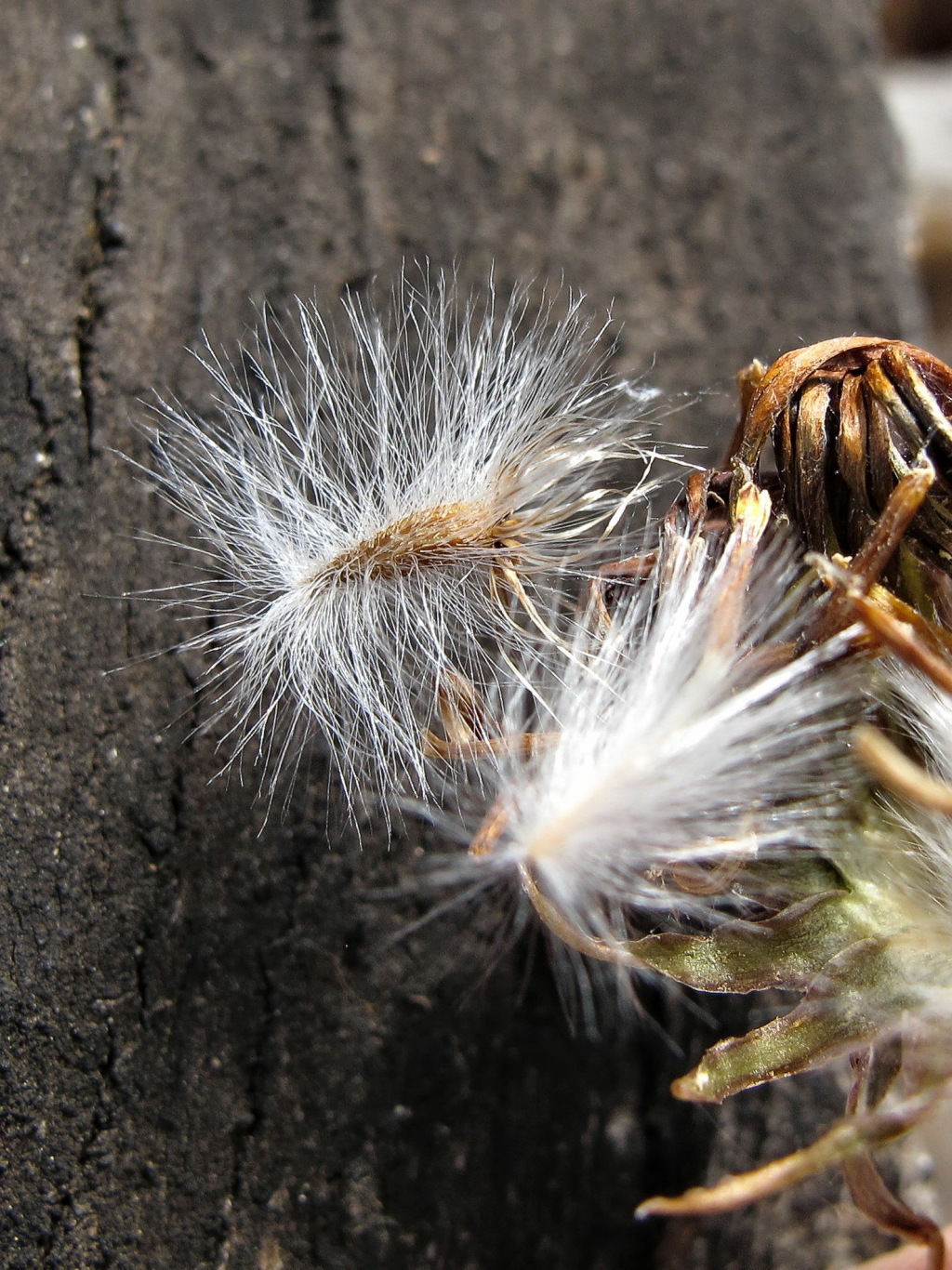Gazania linearis
(Thunb.) Druce GazaniaTufted perennial to 30 cm high; stems very short and branched or absent. Leaves basal, linear to oblanceolate in outline, 5–30 cm long, 3–35 mm wide, entire to pinnatisect with linear to lanceolate segments, green and glabrous to scabrous above, white-tomentose beneath, apex acute, mucronate, base petiole-like, sheathing below, margins recurved to revolute. Capitula 3–7 cm diam.; involucral bracts 1.2–2 cm long, connate for c. half their length, minutely serrate. Ligules 3–4 cm long, bright yellow with a black base, usually with a greenish or reddish stripe below; disc florets yellow. Cypselas c. 4 mm long, silky-villous with hairs hiding the pappus; pappus scales linear-lanceolate, to c. 5 mm long, acuminate. Flowers most of the year (mainly spring and summer).
LoM, MuM, Wim, VVP, VRiv, RobP, MuF, GipP, OtP, WaP, Gold, CVU, DunT, EGL, HSF, OtR. Also naturalised SA. Native to South Africa. Occasionally naturalized as a garden-escape in disturbed areas, mostly near habitations or on coastal dunes.
Several specimens held at MEL show characters intermediate between G. linearis and G. rigens. Such plants often grow with one or other of these species and may be the result of in situ hybridization or are naturalised from one of many cultivars grown for ornament.
Jeanes, J.A. (1999). Asteraceae. In: Walsh, N.G.; Entwisle, T.J., Flora of Victoria Vol. 4, Cornaceae to Asteraceae, pp. 652–666. Inkata Press, Melbourne.
 Spinning
Spinning




